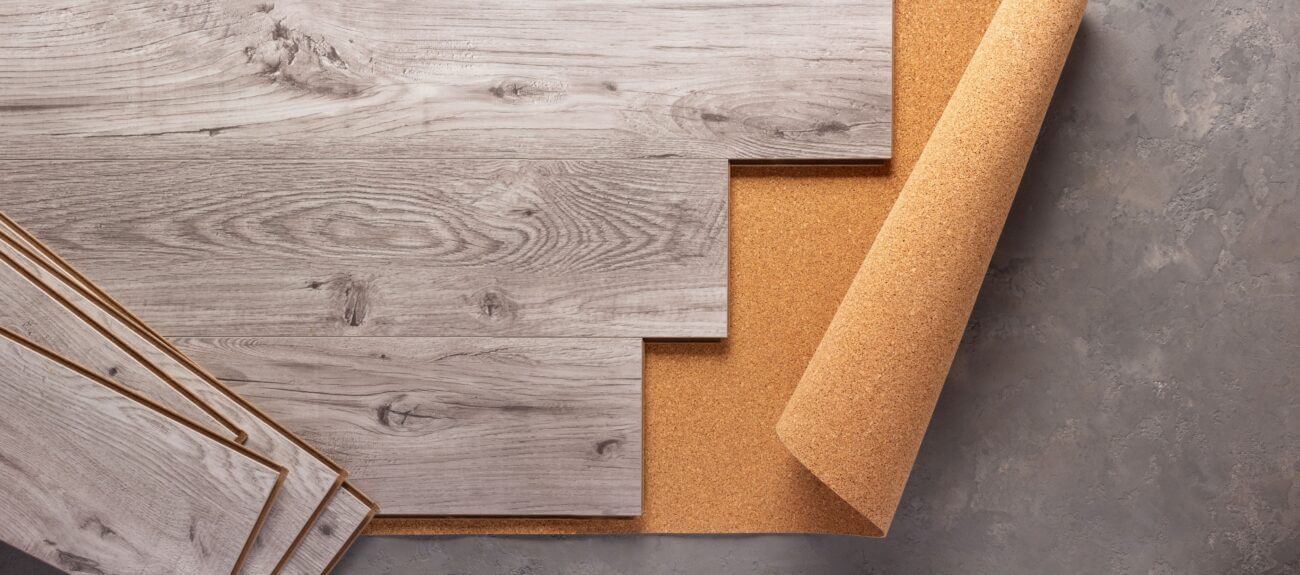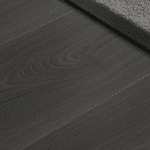Blog
The Cork Story

Natural cork is a material that is sustainably harvested from cork oak trees. The bark of these trees can be stripped without causing harm, allowing them to regenerate and be stripped several times over their 200-plus year-long lifespan. This makes them a natural resource that is not only renewable but also biodegradable.
In today’s modern era, sustainability and promoting green environments are some of the foremost concerns that countries are tackling. Britain itself has a goal to reach a net of zero carbon emissions in the year 2050, and many countries around the world are beginning to take on sustainable, green methods of living. Fortune business insights found in a study that the cork industry is projected to grow at a compound annual growth rate of 5.6% from 2023 to 2030, showing that there is a strong future for this material.
Origins of Cork
The Cork oak tree is a resilient type native to the Mediterranean region, known for its thick, rugged bark from which the resource is taken every nine years. The first harvest happens at around 25 years of age, and each subsequent harvest offers higher quality cork, with this quality peaking after the third or fourth stripping.
The most popular cork forest areas used for harvesting are largely located in Southern Europe and North Africa:
| Country | Cork Forest Area (Hectares) | Percentage of Global Cork Forests | Contribution to Global Cork Production |
| Portugal | 719,900 hectares | 34% | 49.6% |
| Spain | 574,248 hectares | 27% | 30.5% |
| Morocco | 383,120 hectares | 18% | 3.1% |
| Algeria | 230,000 hectares | 11% | 4.9% |
| Tunisia | 85,771 hectares | 4% | 3.5% |
| Italy | 64,800 hectares | 2.6% | 2.6% |
| France | 65,228 hectares | 3% | 5.8% |
Environmental Impact of Cork
Cork, and its harvesting, has several positive impacts on the environment in and of itself, and in comparison to alternatives.
- Carbon Footprint Reduction – You may have heard that the UK is aiming to have a net zero in carbon emissions by 2050. Cork is unique in its ability to aid in this, as the cork oak tree itself acts as a huge carbon sink throughout its lifespan. This means that over its 200 years of being preserved in quantity, a single oak tree will absorb up to 3 to 5 tonnes of CO2. This is the equivalent of the average car’s annual emissions. This ability to remove CO2 from the atmosphere makes it a huge boon to the planet.
- Environmental Advantages Over Synthetic Materials – Production of materials such as vinyl, industrial rubber and bitumen-backed carpets involve massive carbon emissions that contribute to global warming. Cork is harvested from a tree, making it non-harmful in comparison. Furthermore, it’s biodegradable, meaning it can decompose naturally without leaving behind harmful residue or other pollution.
- Sustainability – By far the best feature of cork is its sustainability. Waste is minimised in the cork industry, with cork byproducts from production being repurposed into products like granulated cork for insulation. The closed-loop process means that the material being used has its lifecycle extended.
- Zero Emission – Unlike synthetic materials, cork is zero-emission. This means that it promotes indoor air quality to a much higher degree than others.
Underlay Cork – Why is it used?
Cork has a long history of being used as an underlay for its thermal and acoustic benefits, granted to it through its cellular structure – which has millions of cells filled with air per cubic centimetre. This creates a fantastic barrier that provides sound insulation often used for hardwood, laminate flooring and tile.
Due to synthetic materials such as foam and rubber becoming popular due to lower cost, and a more widespread availability, cork sales began to reduce. However, with a groundswell of demand for natural products that can help the environment, cork has once again become a popular choice.
Not only that, but technological advancements have made improvements in the manufacturing process, so it is now a more consistent and more easily specified product.
QA’s Quiet Roll Cork
QA is a firm believer that cork is part of a sustainable future. Our Cork underlay, Quiet Roll products, offer some of the best acoustic sound insulation properties amongst cork underlays.
This range of cork products can help you comply with Part E of Building Regulations for impact sound reduction. There are products available to use with all types of floor finish and have a range of benefits.
- Anti-Static
- Anti-Allergic
- Bug Resistant – Cork contains suberin which is a natural insect repellent
- Air Quality – Naturally antimicrobial and water resistant
- Fire – if cork is burnt, no toxic fumes are emitted
- Thermal Insulator – thin underlays are suitable for underfloor heating
- Carbon Negative – any waste is recycled back into the production line
- Sustainability – Portuguese Cork Oak Trees retain approximately 14 million tonnes of CO2 yearly, no trees are cut or damaged when harvesting
- 2mm Quiet Roll Standard and Universal can be used with underfloor heating

